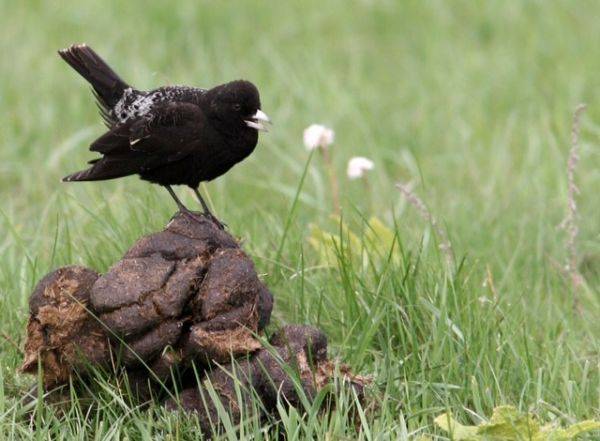Undiscovered owls
Magnus Robb & The Sound Approach
Published by The Sound Approach, 12 Market Street, Poole, Dorset BH15 1NF, UK. Pp 308. 4 Audio CDs. 2015. Available from publisher £39.95 (including P&P: http://soundapproach.co.uk/product/undiscovered-owls/)
ISBN: 978-90-810933-7-8
Whether as a symbol of wisdom and intelligence or of great evil, owls are entwined in the fabric of many cultures and are among the most familiar birds in literature. One of their most evocative – and yet least well understood – characteristics are the myriad vocalisations they utter, from the familiar territorial hoots of members of the Strigidae family to the unearthly screeches of the Tyto owls.
Undiscovered owls offers a unique insight into the owls of Europe, North Africa and the Middle East. There are more than 300 previously unpublished recordings of up to 27 distinct taxa on the accompanying audio CDs, each one transporting the listener into the owl’s world and revealing a little more about it. The recordings are put into context wonderfully in several ways. One of the most effective of these for me are the clear, annotated sonograms, instantly rendering the sounds accessible to the visual learner, while simultaneously picking out their salient features.
The book is lavishly illustrated with Håkan Delin’s soulful artwork and numerous excellent photographs. Many of these reveal more than just the visual identification features owl itself, also capturing the species’ habitat, habits and the other organisms with which it interacts. The illustrations often depict the individual bird featured in the recording, further bringing the subject to life.
Written in the first person, each of the nine chapters takes the reader on a journey to the owl’s home range, sharing the author’s experiences and enthusiasm for the quest. The text doesn’t simply discuss the birds’ vocalisations, identification and ecology but also the nature of the expedition to attain the recording and the place each owl occupies in the local human community, among many other topics.
Regardless of your position on the taxonomic debate around the Omani Owl, the story of the authors’ (re)discovery of this taxa, while recording Pallid Scops Owl in northern Oman, is nothing short of inspirational. As the authors conclude, “what we choose to call our owls is far less interesting than the owls themselves. What matters most to us is how they call, and especially whether anyone is willing to listen.”
Owls are not an order of birds that generally leave people indifferent and it is hard to imagine anyone with an interest in birds being unmoved by Undiscovered owls either! This is a splendid book: like Swiss chocolate or a fine wine to the food connoisseur, it offers multi-sensory delights to anyone willing to log off from everyday life, don a pair of headphones and listen.
Nick Moran


